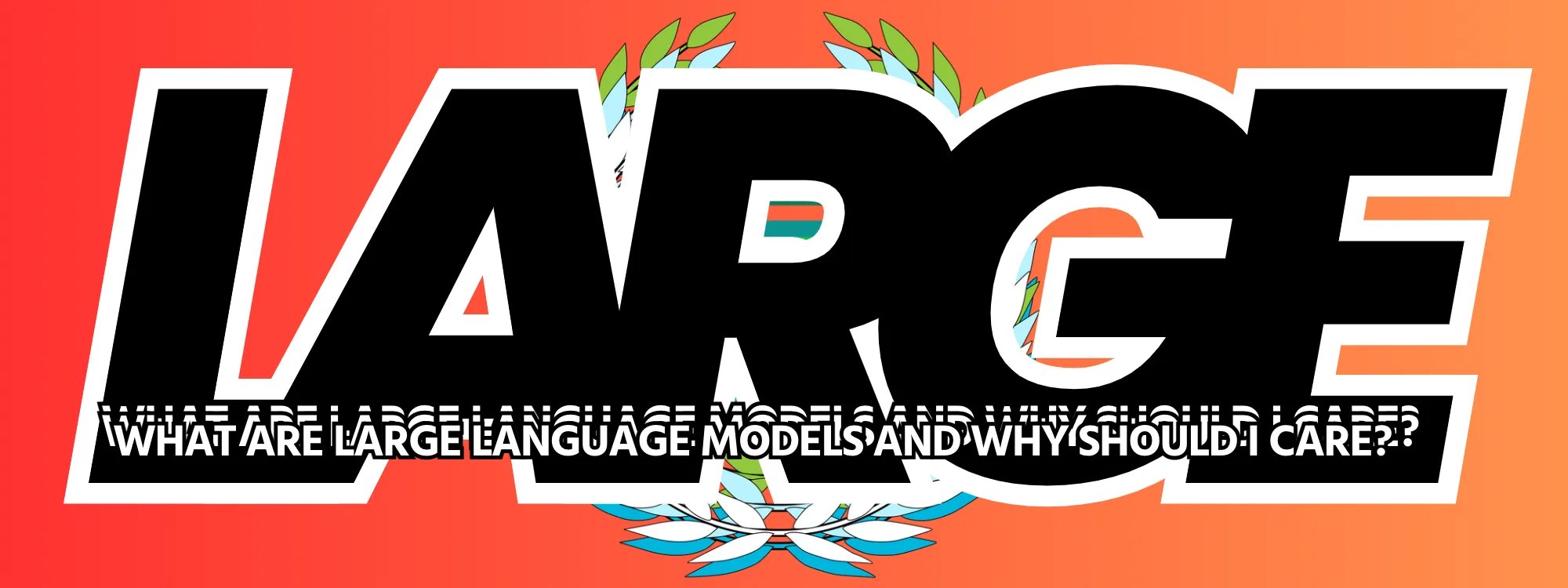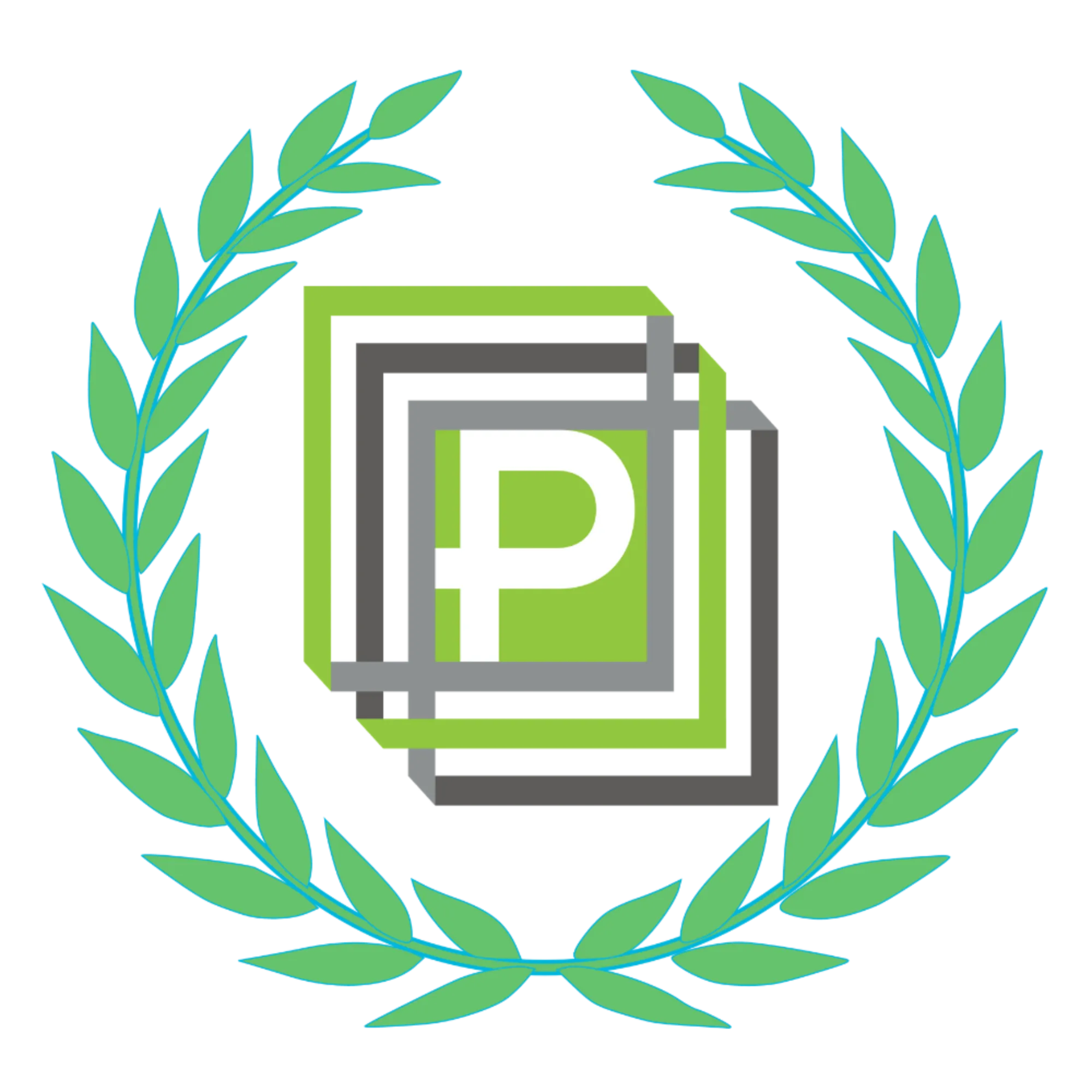Discovering the Power of Large Language Models
As we enter the era of artificial intelligence, we are seeing a huge shift in the way machines interact with human language. This is thanks to large language models, which have the incredible ability to understand the vast nuances of human speech and writing.
At the forefront of this technological revolution is the OpenAI team and their GPT-3 (Generative Pre-trained Transformer 3) model, which has been making waves in the AI community. In this article, we will explore just how powerful these newfound language models can be, and how they have the potential to transform the world we live in.
Unleashing the Potential of Large Language Models
With large language models, we are able to teach machines how to understand the complexities of human language like never before. This is because these models have been pre-trained on vast amounts of data, allowing them to make informed guesses about what comes next in any given sentence.
For example, GPT-3 has been trained on over 570GB of data, which includes everything from wikipedia articles to social media posts. This has allowed it to develop an incredible level of understanding when it comes to language.
The potential of these models is truly limitless. They can be used to help with everything from chatbots to customer service, and even to help language learners practice their skills. The possibilities are endless.
How AI is Transforming Language Understanding
One of the most exciting things about large language models is their potential to bring real-world applications to life. For example, GPT-3 has been used to create articles, poems, and even software code.
This is all thanks to the model’s incredible ability to understand the nuances of language, including context and tone. This means that it can be used to generate text that is not only grammatically correct but also in line with the desired tone or style.
This has huge implications for industries such as marketing and advertising, where being able to create compelling copy is crucial. With large language models, machines can now help automate the content creation process, freeing up time and resources for businesses.
Pushing the Boundaries of Natural Language Processing
The development of large language models has also helped push the boundaries of natural language processing (NLP) as a whole. This is because these models have allowed researchers to tackle more complex problems than ever before.
For example, GPT-3 has been used to translate languages, summarize text, and even answer complex questions by combining information from multiple sources. This kind of processing power is a huge leap forward in the world of NLP, and has the potential to revolutionize the way we interact with information.
Uncharted Territory: Exploring the Capabilities of GPT-3
GPT-3 has already made huge strides in the AI community, but we have only scratched the surface of what it can do. Researchers are experimenting with new ways to train the model, including using reinforcement learning to teach it how to perform specific tasks.
This means that we may soon see machines that are capable of not only understanding language but also performing tasks based on that understanding. This could include things like writing software code, creating art, or even providing medical diagnoses.
The possibilities are truly exciting, and it will be fascinating to see how this technology progresses in the coming years. One thing is for sure: large language models are here to stay, and they have the power to transform the world we live in.
As we have seen, large language models have the potential to change the way we interact with language and information in almost every aspect of our lives. From customer service to content creation, these models are helping businesses automate processes and save time and resources.
But what is truly exciting about this technology is not just its practical applications. The development of large language models has helped push the boundaries of artificial intelligence and natural language processing, paving the way for future breakthroughs.
As we explore uncharted territory with GPT-3 and other large language models, there is no telling what kind of advancements we may see. But one thing is for sure: we are only scratching the surface of what this technology can do, and the possibilities are truly inspiring.


